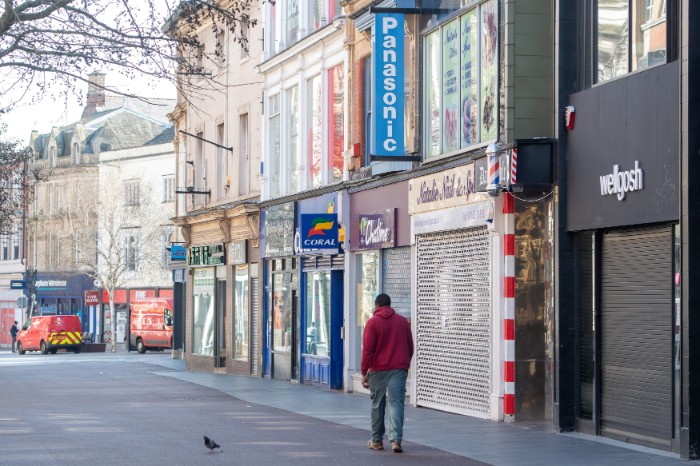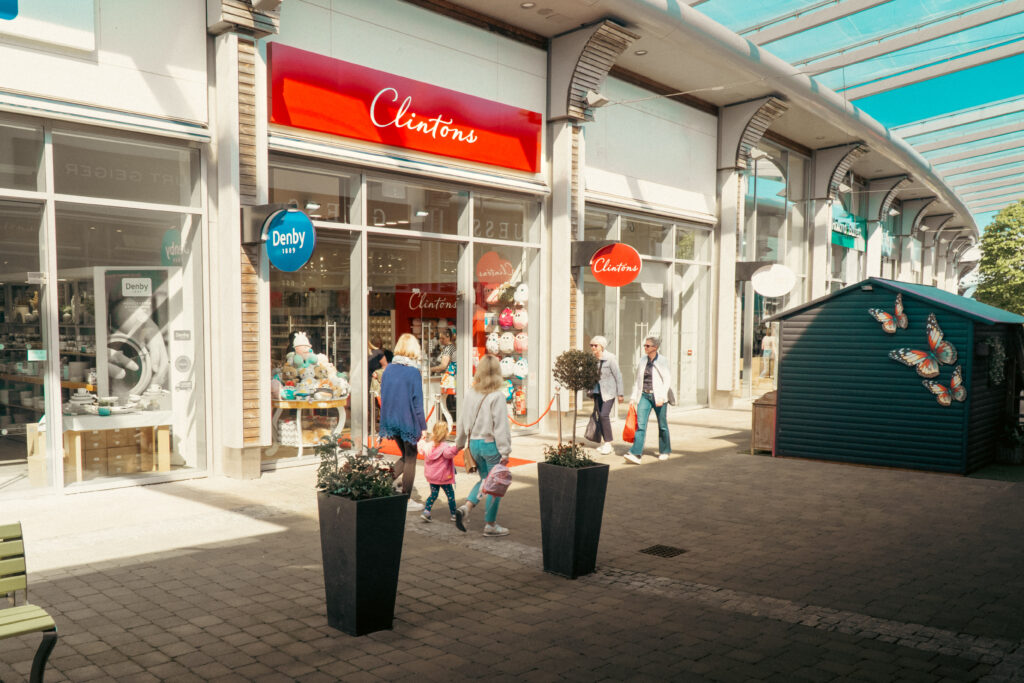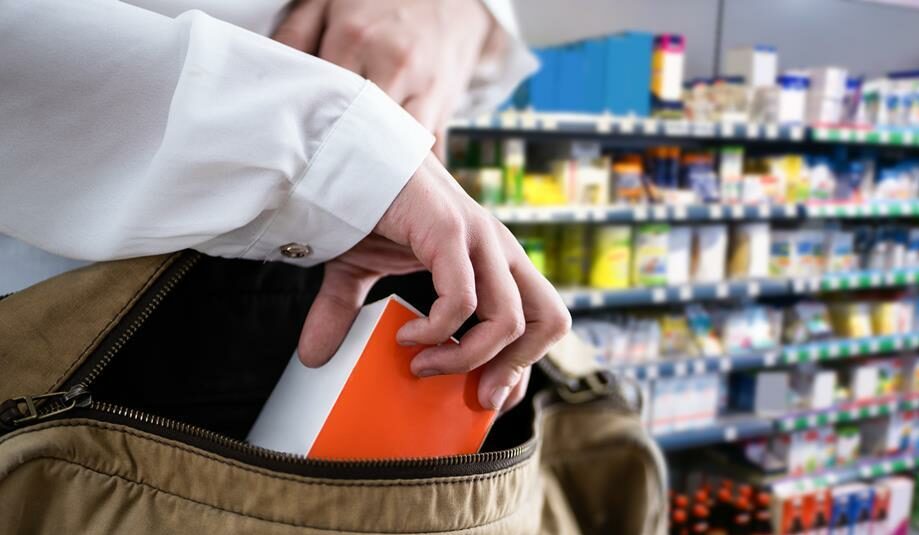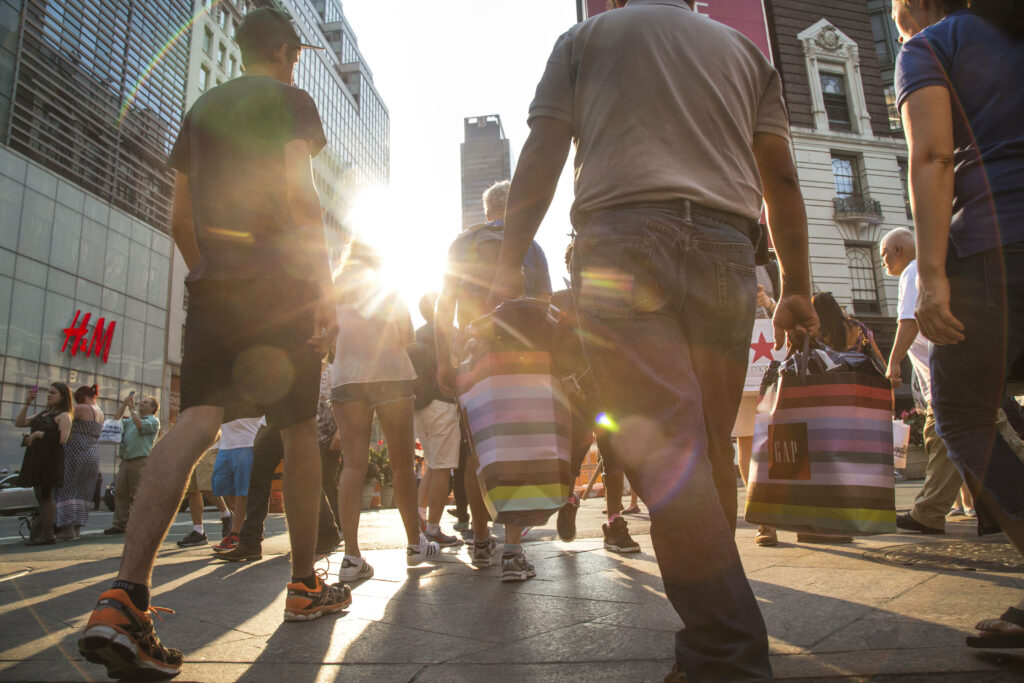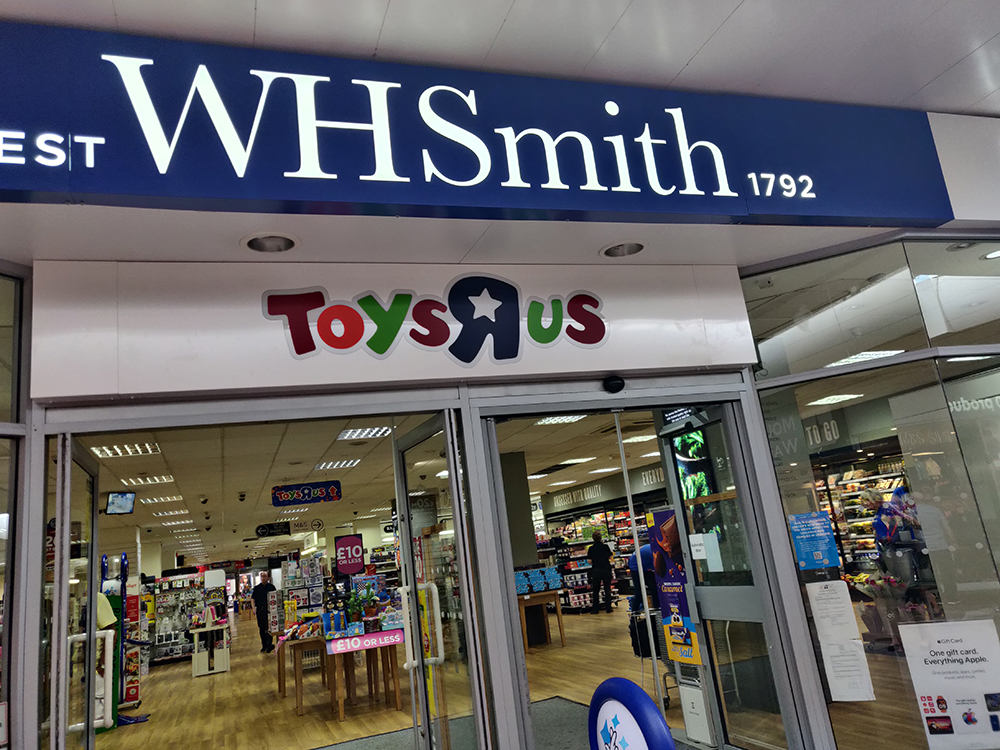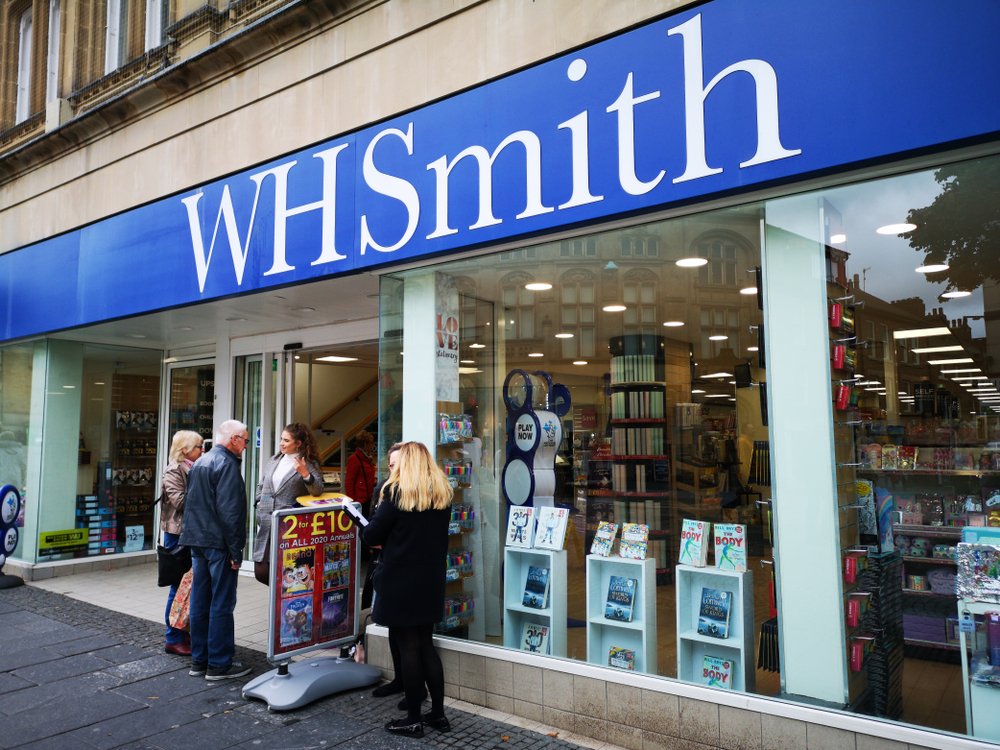// Covid-19 pandemic obliterates hopes of improved retail health in foreseeable future, says KPMG/Ipsos Retail Think Tank
// Retail Health Index fell by 3 points to 71 in the first quarter of 2020, a new record low
// Health is predicted to deteriorate further in the second quarter – down to 62 – but this is dependent on lockdown
The health of the UK retail industry hit a record low in the first quarter due to the coronavirus pandemic, dashing all hopes previously held for recovery in the year ahead.
According to the KPMG/Ipsos Retail Think Tank, the country’s retail health worsened substantially – by three index points – in the first quarter of 2020.
The think tank said the latest Retail Health Index (RHI) stood at 71 points, a new record low and obliterating previous hopes of any recovery after a woeful 2019.
READ MORE:
- Retailers suffer record collapse in sales: ONS
- UK consumer confidence remains at near-historic low
- The health of UK retail was at an all-time low in 2019
The think tank had previously been “cautiously optimistic” about the prospects for 2020, predicting that the RHI would likely hold steady at 74 in the first quarter of the year – thanks to “high hopes” after the reemergence of political and economic certainty following the conclusive General Election in December.
However, given the circumstances around the pandemic it’s now predicted that the RHI would plummet by nine points to 62 in the second quarter.
This would mark a greater drop than what was recorded in the shadows of the 2008/09 financial crisis.
The think tank stressed that the magnitude of this predicted decline would be dependent on the length and nature of the UK’s current lockdown restrictions, and the impact this has on consumer and business psyche.
Nonetheless, the think tank said the Covid-19 crisis has “quickly eclipsed even the sector’s previous woes”, and with it any hopes of improved health for the foreseeable future.
“If looking at total sales in the UK over the first quarter of 2020, non-food retail was on a -1 per cent trajectory in both January and February,” KPMG head of retail Paul Martin said.
“However, from mid-March onwards, the decline was far more severe as anxiety around Covid-19 started to rapidly rise.
“The lockdown only came into effect on March 23, but non-food retail sales fell by anything from 50 to 100 per cent thereafter, dependent on whether the retailer in question had any stable online operations or not.
“The lack of consumer engagement was mirrored by footfall figures during the quarter too, which fell substantially as the health consequences of Covid-19 became clearer as the quarter progressed.
“A record decline in footfall of 14.2 per cent was recorded in February, whilst that low was quickly superseded by a fall of 51.3 per cent in March – and that only measured the footfall at stores which remained open.
“Grocery and online sales have soared though, especially towards the back-end of March as consumers started to stockpile despite calls not to.
“Despite this seemingly beneficial rise for ‘essential’ or online retailers, even this uptick wasn’t enough to offset the declines noted throughout the quarter and across the sector more broadly, as has been made painfully clear by recent retail sales figures.”
Ipsos Retail Performance retail intelligence director Dr Tim Denison said unlike previous historic downturns, the current climate is not only about the consumer’s response to what is occurring around them.
He highlighted that because the mechanics of daily life have fundamentally changed, the consumer’s hand has effectively been forced and demand is blocked.
“Even when restrictions are lifted – whenever and however that may be – it’s unlikely we’ll see a return to ‘normal’ by any means,” he said.
“There are a myriad of dynamics at play and not all retailers are feeling the pain equally – there is a clear divide between ‘essential’ and ‘non-essential’, between online and physical channels, as well as between ‘premium’ versus ‘value’.
“The cons will likely outweigh the pros though. Indeed, even those noting surges in sales aren’t necessarily finding it easy to translate these additional sales into profit. We all know that home delivery for example, isn’t always cost efficient.
“Government schemes and relief have of course been welcomed, easing some fixed cost pressures like business rates and staff costs. However, other costs have arisen, including those relating to: additional people power, airfreight, supply chain and storage, or product manufacturing for example.
“It’s easy to assume that those still trading have it easier, but that’s not the case. Likewise, those not trading still have bills to pay, with costs inherently sticky.
“The future is rather murky, and consumer confidence is likely to be volatile for the foreseeable future, especially as the longer-term impact of the pandemic becomes clearer.”
Click here to sign up to Retail Gazette‘s free daily email newsletter

